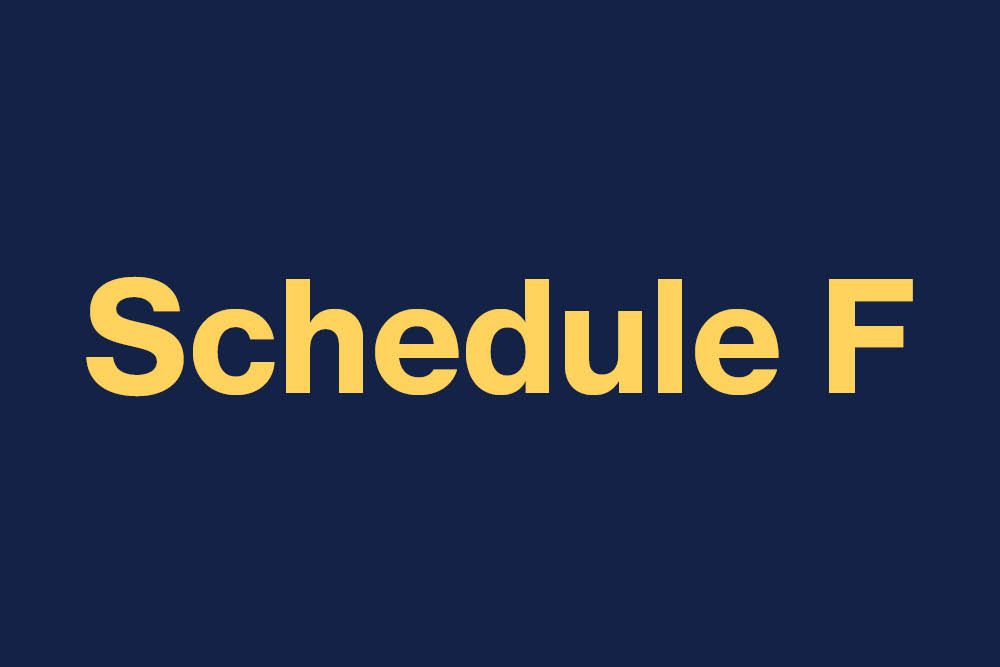Sometimes, someone will ask me, “How do you think outside the box?” A recent experience has enabled me to provide at least one example of how that can be accomplished.
Thinking outside the box is defined by one source as, “To think differently, unconventionally or from a new perspective. This phrase often refers to novel or creative thinking.”* There can be other definitions, but I’ll stick with this one.
Currently, I am studying for the Certified Specialist in Predictive Analytics credential (CSPA). I am also engaged in three projects for three separate clients. The projects are very dissimilar, and adding in the CSPA coursework, plus trying to learn the R programming language on the side, I have five different mental tasks going at once. I realize that the CSPA requires some knowledge of R, but I am going beyond what is required for that course for personal and professional reasons.
To clarify, I am not multitasking; I am not doing multiple tasks at the same time. I have found that to multitask is to fail at every task simultaneously. Sometimes, I can’t even listen to the radio while I am driving, especially if I have to find a street address. When I do something, I generally have to give all my attention to the task at hand.
But when I shift from one project to another, some of what I was just learning or doing is occasionally useful in the other task. For example, the CSPA materials on data quality list some steps that should be undertaken when receiving data for a project. While we all (hopefully) validate the data we receive, the CSPA materials provide steps one can point to as “this is how it should be done.” This is not just me saying that is how I like it, or how I have done it in the past; here we have a published set of steps for validating data. If thinking outside the box involves new thinking, I believe this qualifies.
The first suggestion to think outside the box is to do diverse tasks within a reasonably close time frame. I don’t mean deep sea fishing and taking calculus. There needs to be some sort of link that can tie the two disciplines together. Learning how to display charts and graphs in R isn’t directly related to my litigation support project, but the examples of how data can alternatively be expressed might help me explain some of the more complex issues of the latter engagement.
The term “think outside the box” is visual, but what is the box? Perhaps the word “box” implies a confined space of thought and the limitations of your experience.
If the box is what you know, how can you think outside of that? How can you do something you are not aware of? Who came up with this box idea, anyway? Was she or he thinking outside the box? If your box is your knowledge, skills and experience, may I suggest you expand your box? You can’t apply something you don’t know how to do and you can’t implement something you have never heard of, but you can explore and discover what you need to know.
In a prior IMO column called “Stuff,” I talked about getting rid of physical items that get in the way of finding what you need. Sometimes, we need to get rid of old ideas that get in the way of our thinking about solutions. Computing power and data storage have advanced immensely since I started in this profession. Solutions I think of today were never considered years ago because of the cost of computing power and data storage. We need to be aware of how our box has changed and how the boundaries of our capabilities have expanded, whether we acknowledge it or not.
Another trick that I use isn’t really thinking outside of all boxes, just outside the box I am currently considering. Solutions I tried in the past that worked in other situations might apply to the one I am trying to solve. Even some solutions that did not work elsewhere might work here. What is outside the box you are contemplating might be well within the realms of another box.
No matter what you call it, thinking outside the box can expand what we do and how we do what we do.













